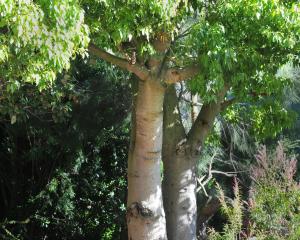
The colour, shape and arrangement of fruit can give clues about how their seeds are dispersed. Sometimes the method is obvious: grasses and daisies, for example, have very light, aerodynamic seeds, allowing them to fly on the wind.
Water dispersal is common in plants that grow near or in aquatic habitats. These seeds often have hard coats that won't let water in and are shaped to assist flotation: they may be spongy or have hairy margins or a waxy coat.
Animals play a huge role in the dispersal of native plants. Fruit or seeds may hitch a ride in feathers, or even pierce skin, using hooks, spines or bristles.
Birds are important seed dispersers, helping to spread and maintain plant populations, and to process seeds for successful germination. Plants with fleshy, berry-like fruit are usually spread by birds.
Many fleshy fruits don't seem perfectly adapted to the suite of extant birds, such as fruit that hangs low to the ground or is tangled in prostrate shrubs. Signifiers of a forgotten ecology, they remind us that throughout New Zealand, reptiles, giant insects and ground-dwelling birds were once common.
Garden Life is produced by the Dunedin Botanic Garden. For further information contact Kate Caldwell.











